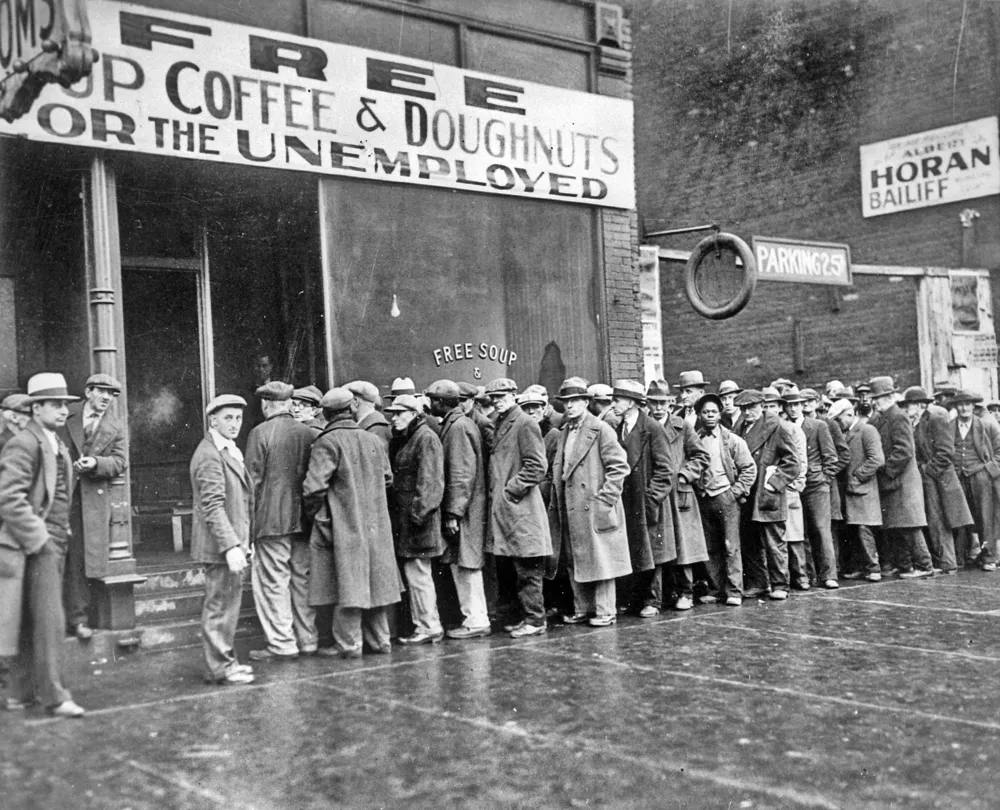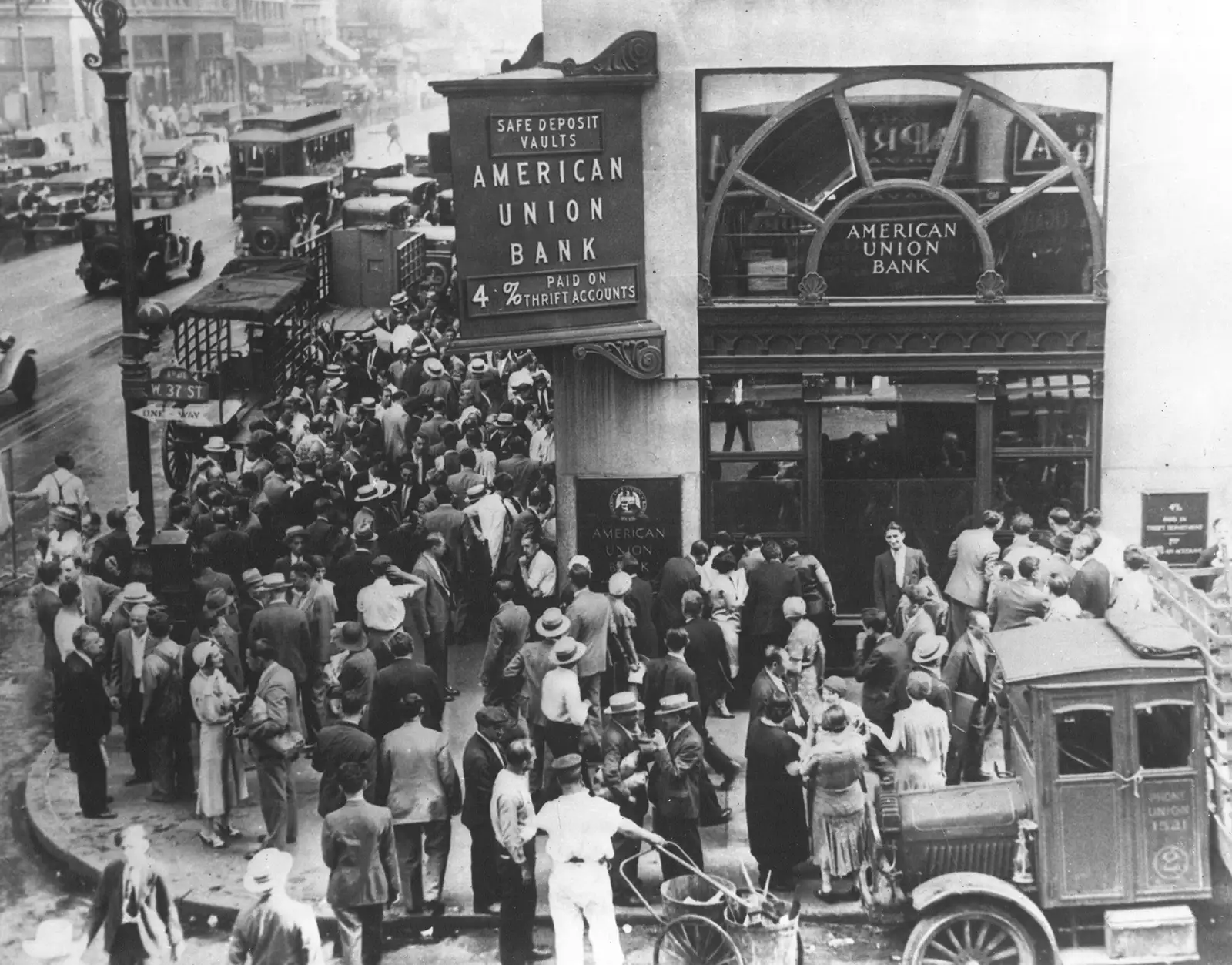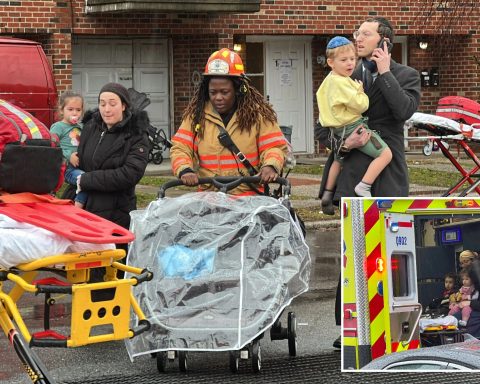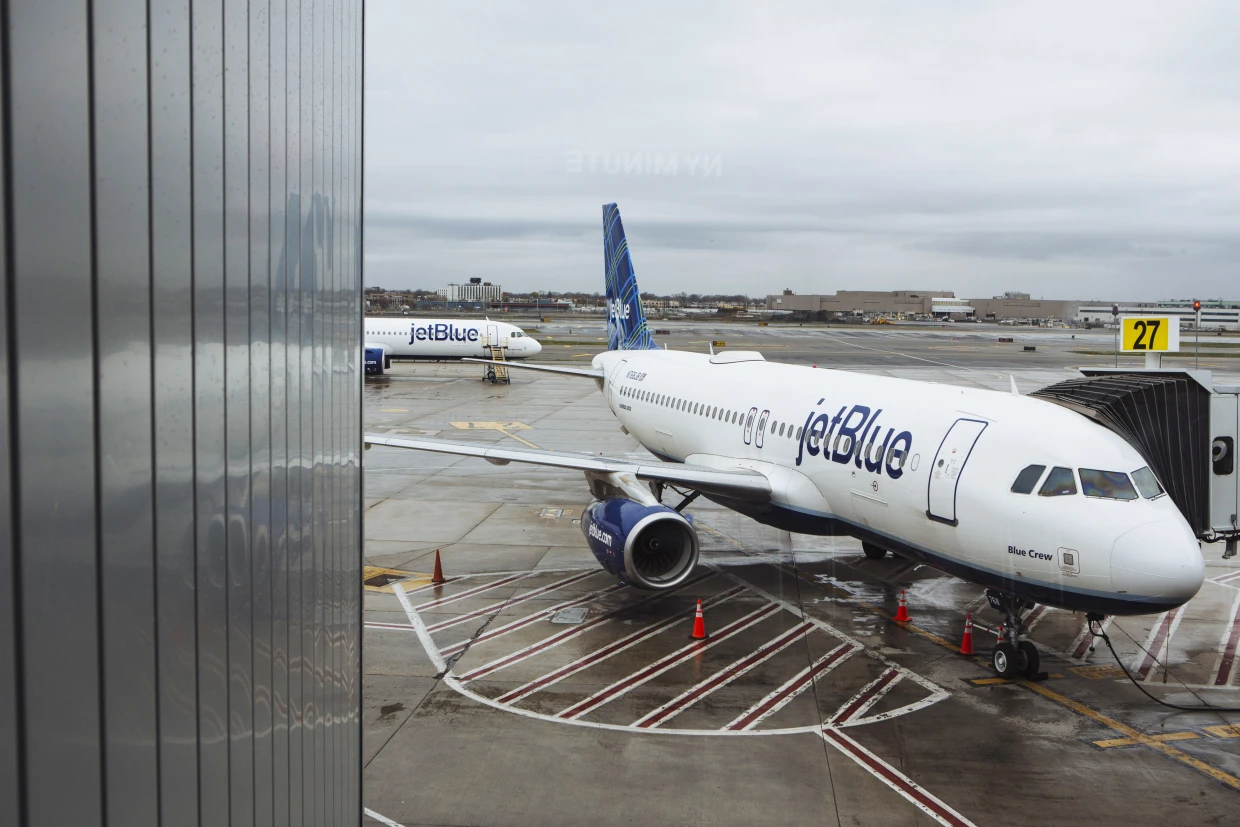
After the stock market had come crumbling in October 1929, the already scared Wall Street had lost millions of investors, and The Great Depression was to follow after this economic crash.
The Great Depression was the worst economic fall that occurred during modern-day civilization. It lasted between the 4th of September 1929 and 1939 and became famous as Black Tuesday.
During the 1920s, the United States economy experienced massive and quick growth and expansion. This saw the nation’s economy grow extensively and caused the nation’s total wealth to double between 1920 and 1929, known as “The Roaring Twenties.”
The stock market, located at the New York Stock Exchange on Wall Street in New York City, was an avenue for wild predictions as everyone got involved in stocks to keep growing their income. This caused the stock market to expand really quickly, reaching its maximum capacity in August 1929.
As a result of this growth in the stock market, there was a massive decline in production, and employment became a significant problem as it was on a high rise. This was because of the pumped-up stock prices, which were hooked up way higher than their actual market value. Also, stipends then were extremely few, and consumer debt was rising. It affected the agricultural sector of the economy, which left it struggling as a result of a shortage of water, the falling food prices and also the banks had an excess of large loans that could not be remitted.

The rapidly growing American economy then went into a light recession during the summer of 1929; as a result of slowed consumer spending, it resulted in unsold goods were piled up, and this reduced the v factory production; however, the prices in stock kept soaring, and by the fall of the year, it got to an elephant-sized return which could not be sustained and paid out.
This economic meltdown caused a reduction in industrial output as major companies dismissed a lot of their workers. By 1933, about 15 million Americans were jobless, with the majority of the country’s banks attaining bankruptcy. The economic trauma spread through the world, hitting countries in various ways. It was a time of intense global economic depression.
Initially, the government and businesses spent more during the first quarter of 1930 than they spent in the earlier years. Also, most consumers who suffered losses in the stock market the earlier year reduced lavish spending by 10%. They had also suffered a great drought which saw poor performance in the agricultural sector.
The farming communities and rural areas were heavily affected by these as crop prices saw a decline of 60%; however, the urban areas which depended on industries to function were the most affected.




